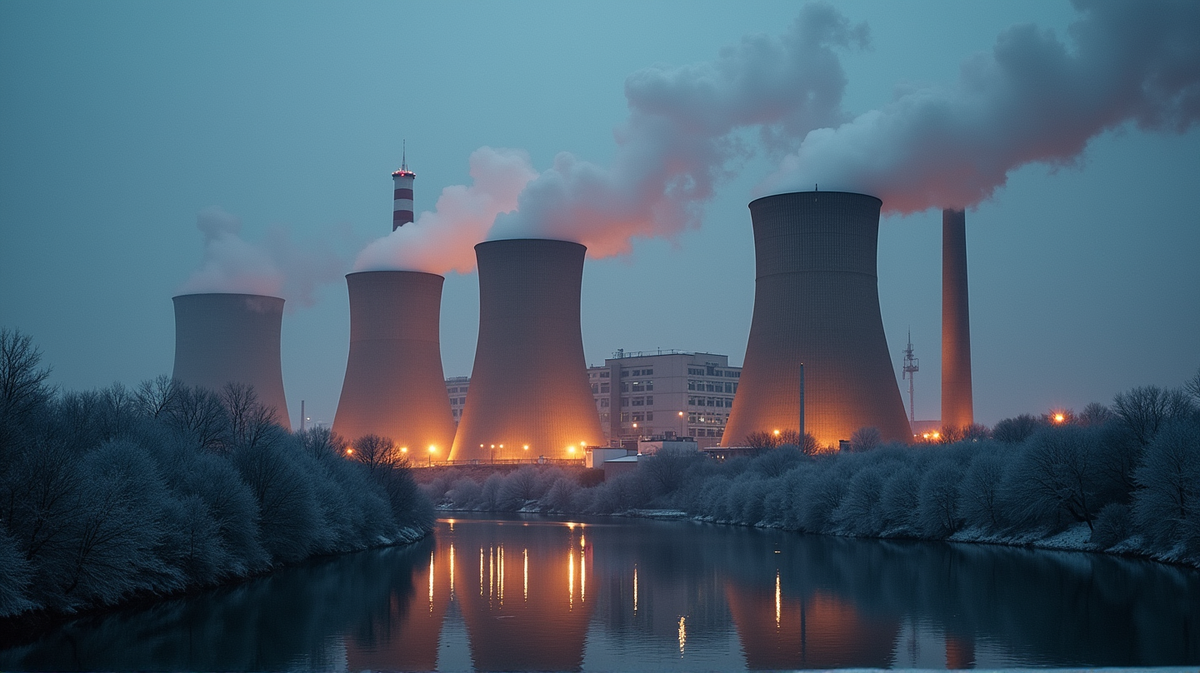Europe’s Nuclear Resurgence: A Smart Strategy or Just a Risky Gamble?
As Europe embraces nuclear power once again, is it a strategic move or simply trading one dependency for another?

Europe is at a crossroads in its quest for energy independence and sustainability. As nuclear power makes a notable comeback, is it the smart strategy the continent desperately needs or a roll of the dice?
Driving Forces Behind Nuclear’s Revival
This resurgence is not without reason. Faced with volatile energy prices, the aftermath of the war in Ukraine, and an urgent need to phase out fossil fuels, many European countries view nuclear energy as a viable alternative. Countries that had long abandoned nuclear are now taking steps to reintroduce it into their energy portfolio. As stated in Euro Weekly News, Belgium has taken monumental steps to reverse its 20-year-old phase-out law. Other countries like Italy aim to reintroduce nuclear energy as soon as 2030.
Yet not everyone is on board with nuclear’s second act. Spain, for example, remains firm in its commitment to phase out nuclear power by 2035, focusing instead on renewable energy sources such as solar and wind.
The Dependency Dilemma
One of the strongest arguments in favor of nuclear power is energy independence. However, the flip side of this coin becomes evident when we consider uranium supply. The European Union produces very little uranium, relying heavily on imports from Kazakhstan and Russia. This dependency poses a looming geopolitical quandary, especially as Europe seeks to eschew Russian energy sources.
Temporal Challenges in Infrastructure
The high cost and long timelines associated with nuclear projects pose another notable challenge. In the UK, the flagship Hinkley Point C project showcases this conundrum. Originally slated for a 2025 completion, the target has now shifted to 2031 alongside ballooning costs, exemplifying the lengthy lead times nuclear energy demands.
Italy and Poland face similar hurdles. Despite ambitious plans, most agree that significant electricity production from new nuclear plants won’t become a reality until well into the next decade.
Waste Not, Want Not?
No discussion about nuclear energy can sidestep the waste issue. High-level radioactive waste poses a serious challenge, with safe long-term disposal solutions remaining elusive for many countries. Spain’s shelving of a national storage facility represents a broader reluctance to tackle this enduring problem head-on.
Spain’s Strategic Bet on Renewables
While numerous European countries venture back into nuclear energy, Spain continues to bet on renewables. With a favorable climate for solar and wind energy, Spain is investing billions into developing these sources alongside energy storage and grid upgrades. Their focus is on agile technology, betting that the fast returns of renewable energy will outpace the cumbersome timelines of nuclear projects.
Innovation in Tech: A Different Nuclear Narrative
Interestingly, the tech world paints a different picture of nuclear’s potential. Tech giants like Google are eyeing advanced nuclear technologies to sustain the growing energy demands of AI data centers. Their focus on Small Modular Reactors (SMRs) reflects hopes for safer and more scalable nuclear solutions, albeit ones still in development.
The Fusion Horizon: A Dream Deferred
Hovering in the background is the potential of fusion energy – often touted as the ultimate clean power source. Despite recent breakthroughs, the commercial realization of fusion energy remains years, if not decades, away. Waiting for this “holy grail” is not a luxury Europe can afford amid its current energy challenges.
Conclusion: A Risky Proposition or a Needed Pivot?
Europe’s foray back into nuclear is layered with complexities and contradictions. Whether it’s Spain’s caution or Poland’s ambition that ultimately prevails will depend on tangible outcomes, timing, and costs. Europe’s energy future remains uncertain, playing out on a stage where geopolitical risks and rapid technological advancements coexist. Each nation’s choice reflects unique risk tolerances and hopes for a sustainable path forward.





